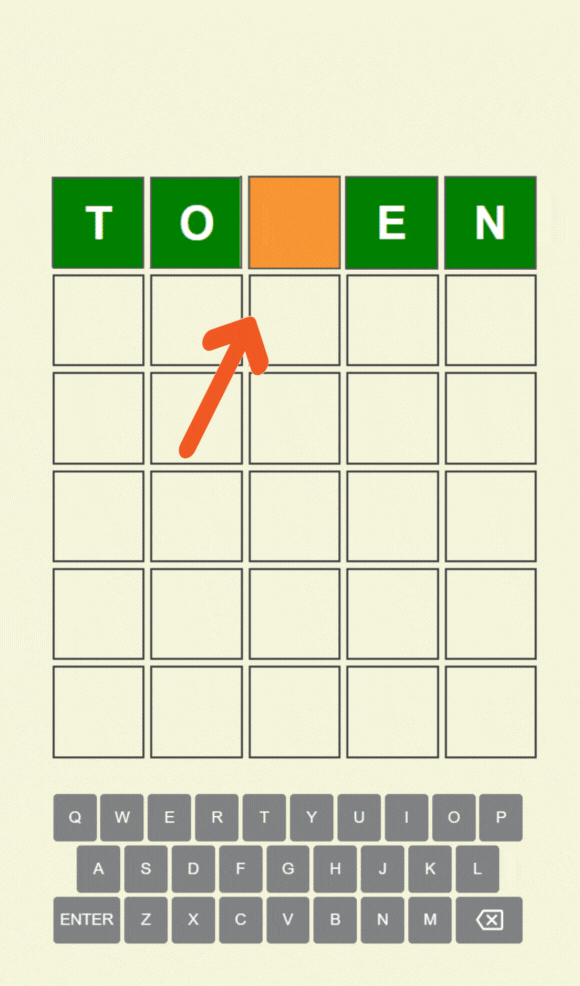The Federal Reserve is apprehensive about reducing interest rates prematurely amidst global economic uncertainty. Concerns over potential global recession spurred by tariffs have kept the Fed from adjusting interest rates for an extended period. As the Fed strategizes against the backdrop of tariff-induced turmoil, it aims to safeguard its interest rate arsenal, resisting pressures from Trump while ensuring that tariff impacts remain manageable.
U.S. Economic Data and Cryptocurrency
Initially, the Fed did not anticipate significant outcomes from tariffs. However, on April 2nd, Trump’s declaration of tariffs demonstrated his unpredictable nature, capable of extreme measures without warning. This announcement bred widespread uncertainty and fear, compelling the Fed to brace for the worst-case scenarios concerning interest rate cuts.

Nonetheless, a recently brokered agreement with China in Geneva has buoyed consumer confidence, as indicated in this week’s data. With long-term inflation expectations stabilizing, the agreement’s progress as of July 9th will be pivotal in determining market volatility heading into 2025.
Today, U.S. GDP estimates and initial jobless claims data were anticipated. The quarterly GDP forecast mirrored the previous -0.3% estimate.
Despite the expectations, actual GDP data revealed a -0.2% result. Meanwhile, initial jobless claims recorded 240,000, surpassing the 230,000 projections.
While the GDP data somewhat alleviated recessionary fears, it suggests that the Fed should not delay interest rate cuts. Simultaneously, although jobless claims have not reached alarming levels, they serve as a cautionary indicator for the Fed.

 Türkçe
Türkçe Español
Español








